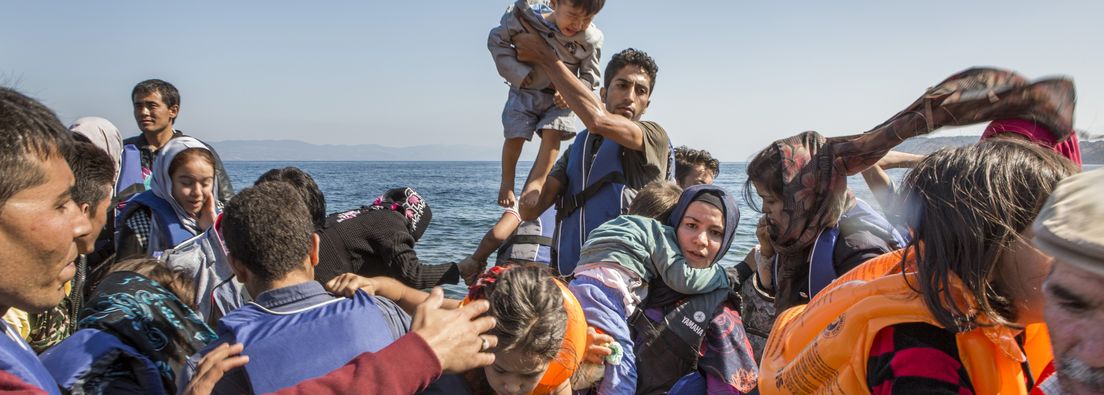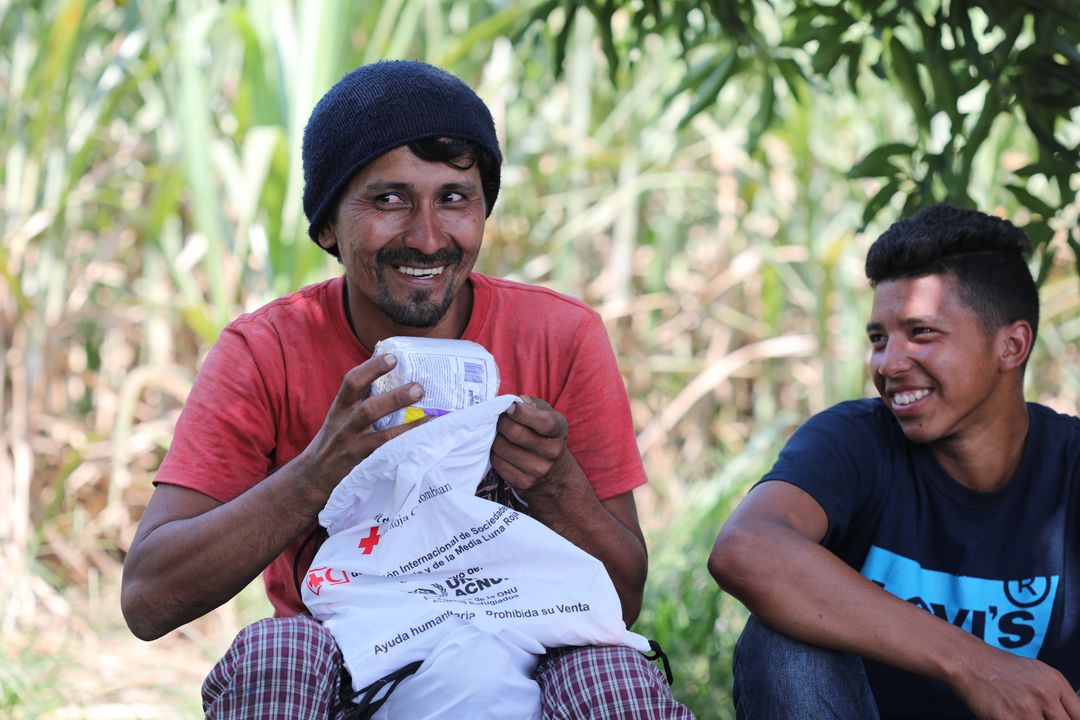UNHCR and the Swiss Government have joined forces to help the Colombian government improve the response. David Winiger is a member of the Swiss Humanitarian Aid Unit and currently on secondment as Field Coordinator with UNHCR, the UN Refugee Agency, in Cali, Colombia. He describes his work in a country that has experienced a staggering 4,000% increase in refugees and migrants from Venezuela in less than four years.
What does your work as Field Coordinator entail?
I cover four departments in the southwest region of Colombia. This position was created to support the restructuring process of UNHCR in the sub-region and ultimately improve the response to both the Venezuelan refugee situation and the ongoing internal displacements of Colombians. More specifically, I support the sub-office in defining a shared strategy and protection work plan for the different field and satellite offices throughout the region. I also support the interagency coordination and assess our projects and partners.
Can you give us an overview of the refugee and migrant situation in Colombia?
Colombia is heavily impacted by the arrival of refugees and migrants from Venezuela. At the end of 2015, Colombia hosted less than 40,000 Venezuelans. Since then this number has increased 40fold, reaching 1.6 million until today. Colombia is also a transit country: in 2019, nearly 500,000 refugees and migrants passed through on their way to Ecuador. Add to that the 500,000 Colombian nationals who returned from Venezuela by mid-2019. Behind each of these numbers are human stories and tragedies.
What is the impact of these mixed movements on Colombia?
The impact has been considerable. Historically, Colombia experienced low numbers of refugees and migrants. The ability of the local communities to respond to the needs of the influx from Venezuela since 2018 is limited. The refugees and migrants mostly settle in communities that are already dealing with structural economic challenges and recurring natural disasters. The new arrivals are increasing the pressure on the limited available resources and services.
How has the government responded?
So far relatively well. While other countries in the region have restricted entry for migrants and refugees, Colombia has kept the borders open for the Venezuelans. They are not sequestered in camps in Colombia but live in cities or in settlements on the outskirts. Those who have the right to work do so. Many more find employment in the informal economy. Children can attend school, and public hospitals provide free emergency care, regardless of migration status. However, the influx of refugees is placing a heavy burden on already strained resources. Many Colombians also worry that the most recent arrivals, who have more acute needs, will impact social stability. Vulnerable refugees, including children, are being recruited or trafficked by gangs into sex work or indentured labour. This puts at risk those gains Colombia has made since the peace accord was signed between the government and the FARC.
What about the Colombians returning home from Venezuela?
They also require assistance and support as they reintegrate into new communities and look for employment and livelihood opportunities. The response of the government and humanitarian actors, including the UN Refugee Agency, has to address the needs of refugees, IDPs, returnees, as well as host communities. This is why UNHCR has a mixed operation in Colombia.
You are based in Cali. What is the situation of Venezuelan refugees and migrants there?
Most Venezuelans stay in urban areas, such as Cali. They live in informal settlements, on the streets and in overcrowded housing that does not meet minimum standards of safety and hygiene. Very little housing is available for refugees and migrants and still less for people with special needs. Especially now during the holiday season, Venezuelans living in the streets risk being evicted by the police because the authorities want to make the city more “presentable” to visiting tourists.
What challenges lie ahead?
The challenges are likely to increase in 2020 as the number of refugees and migrants are expected to rise, their condition upon arrival further deteriorates, and pressure on local services, response and capacity continues to mount. The restrictions imposed by other countries in the region will affect the number of those in transit and those who intend to stay in Colombia. It is estimated that by the end of 2020, 2.4 million refugees and migrants from Venezuela will choose Colombia as their country of destination, and an estimated 400,000 people will transit through the country.
Can Colombia handle these challenges?
Colombia has welcomed migrants and refugees and supported the influx with local resources, but the country simply does not have the capacity and level of social services to shoulder many more new arrivals. They and the local population, many of whom have hosted refugees in their homes, are showing signs of strain. Without additional international assistance, the crisis may likely provoke further social tensions.
Click on the links to find out more about UNHCR's engagement in Colombia and Switzerland’s aid response.


